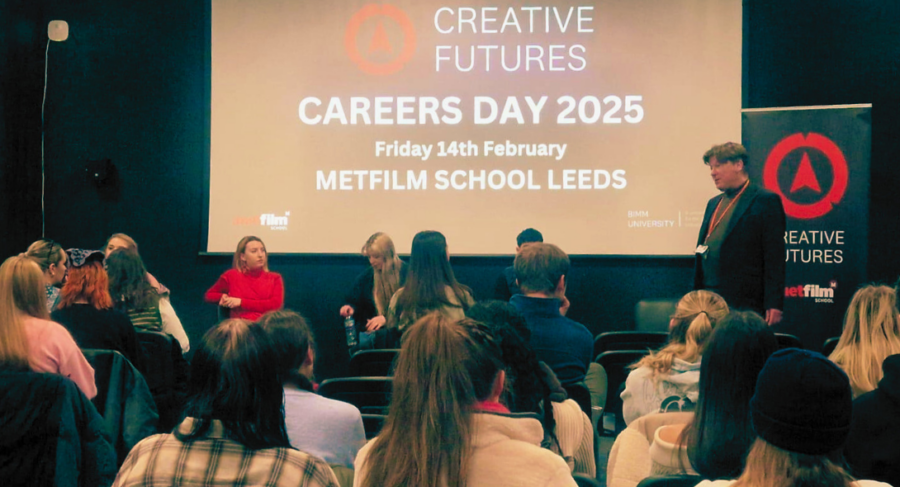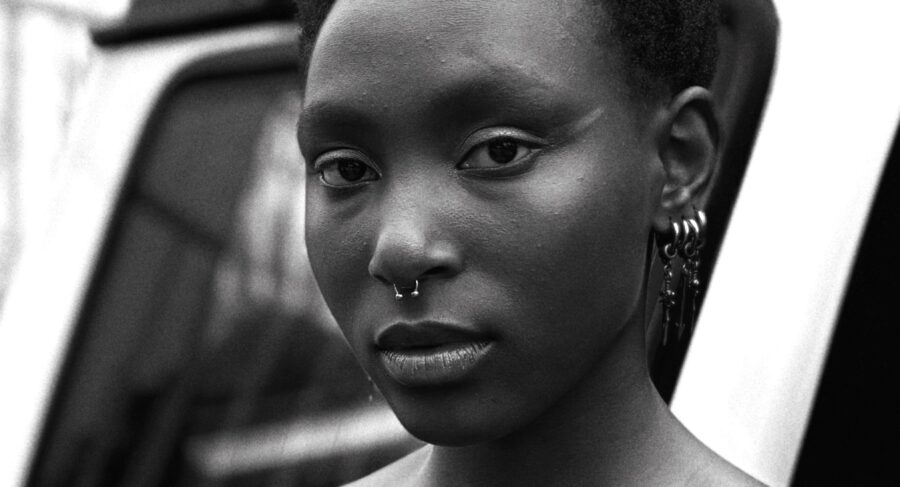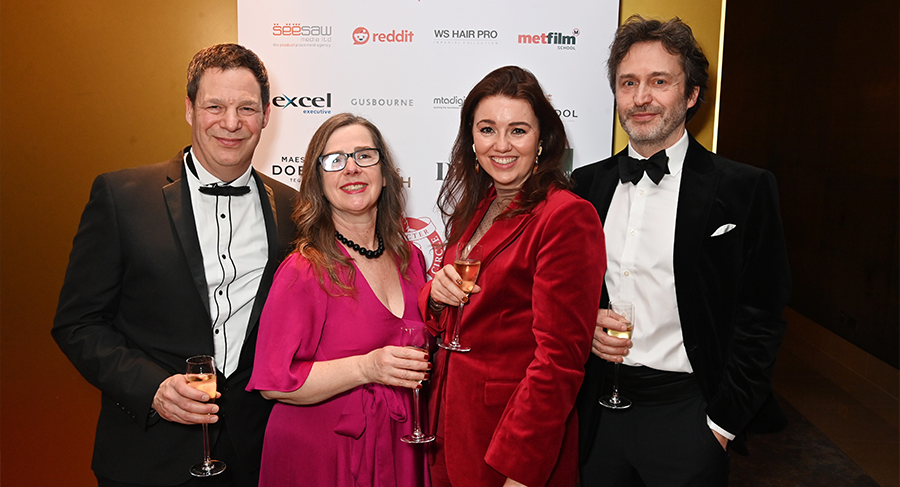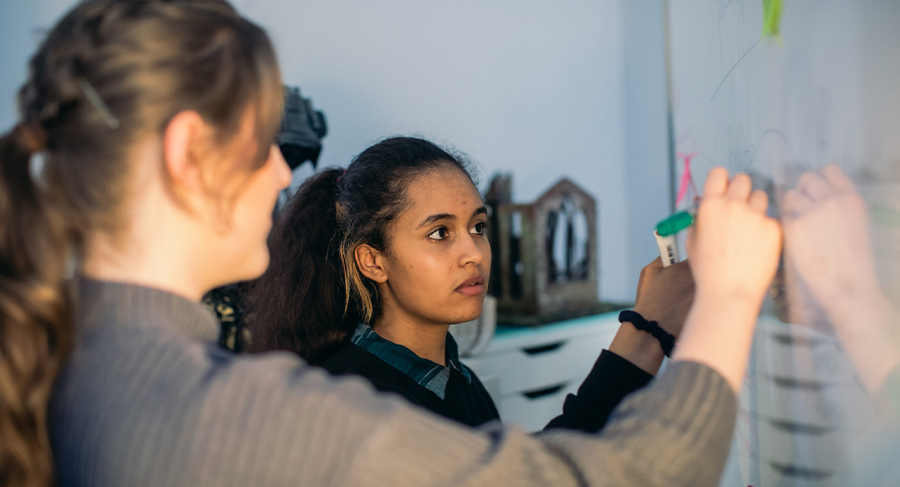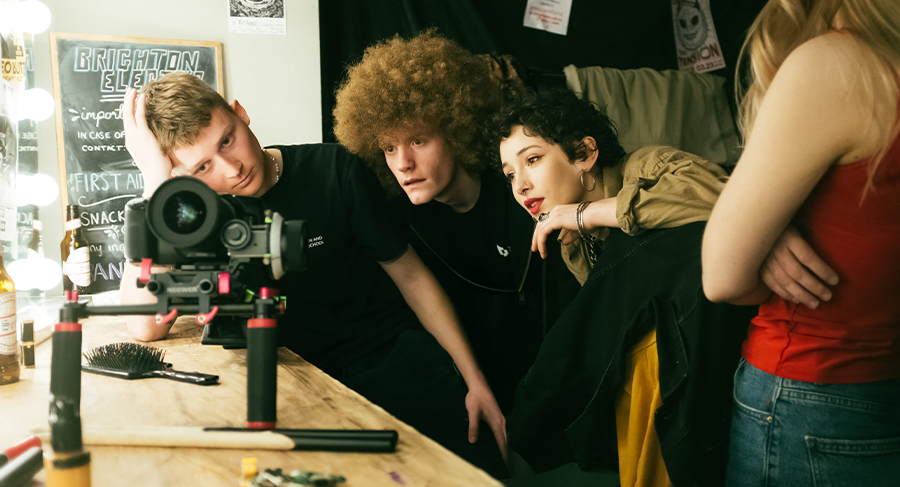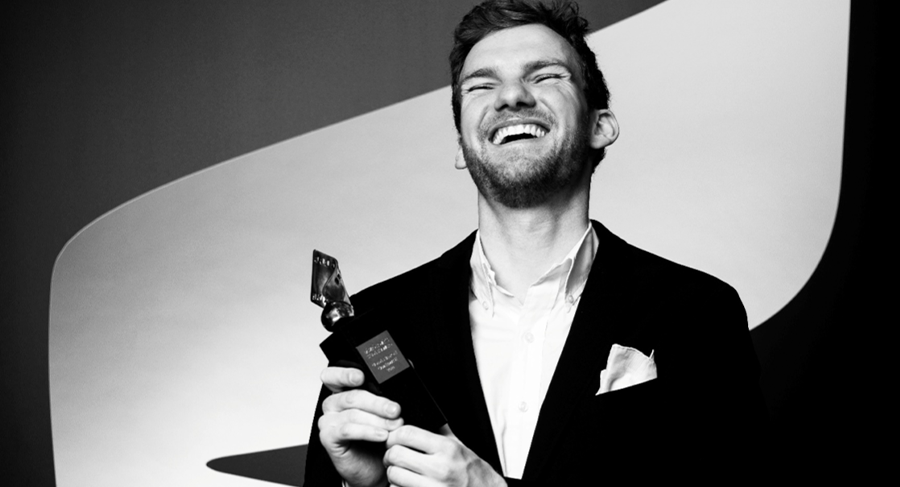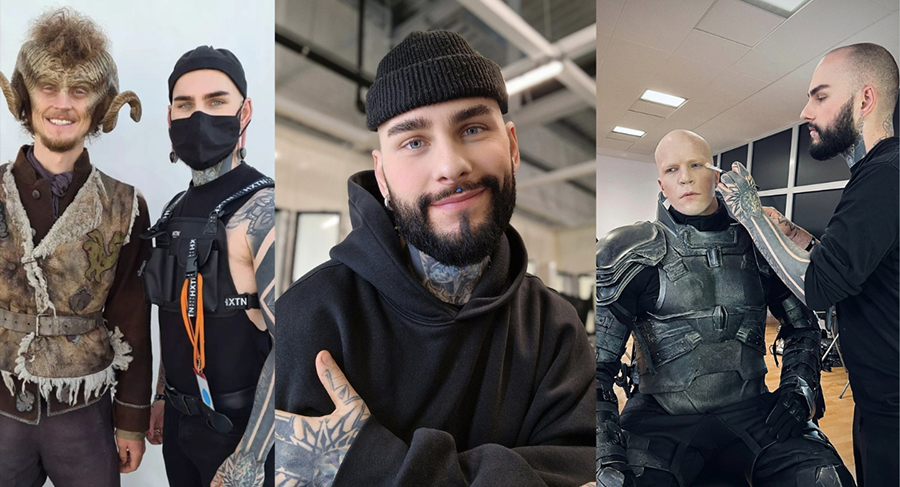LGBT+ History Month: Why Representation in Games Matters
By MetStudios
24 February 2025
February is LGBT+ History Month: a chance to look back, celebrate progress, and think about what still needs to change. It’s not just about history books and big moments, though. It’s about everyday representation; in life, the industry, and in the virtual worlds we create and escape to.
Games are more than entertainment. They’re stories, experiences, and spaces where people can see themselves—or not. For years, LGBT+ characters were either missing or shown in stereotypical – and often damaging – ways. But that’s slowly changing, and it’s making a huge difference for players and creators alike.
At MetStudios, we talk a lot about the power of storytelling. Whether you’re designing games, creating concept art, or writing narratives, representation matters. It’s what turns a good game into something truly meaningful.
Why Representation Actually Matters
If you’ve ever played a game and thought “that character’s just like me”, then you’ll get it. Seeing yourself reflected in a story can be powerful. It’s validating. It says, “You belong here”.
For a long time, LGBT+ characters either didn’t exist in games or were treated as punchlines or tragic figures. But when characters are written with care—when their identity is just part of who they are—it makes a world of difference. It shows that everyone’s story matters.
And it’s not just about the characters. The people making the games matter too. When LGBT+ developers, writers, and artists are involved, the stories become more authentic. They’re richer, more diverse, and more relatable.
Games That Are Getting It Right
There’s still a long way to go, but cultural shifts are now making their way into the games landscape. A diverse range of new and recent games are setting the bar for more inclusive representation of formerly marginalised identities. Here are a few standout examples:
The Last of Us Part II (2020)
Ellie’s story isn’t about her sexuality—it’s just part of who she is. Naughty Dog also introduced Lev, a trans character, with care and depth. It’s not perfect, as many fans will point out, but it’s certainly a step forward.
Tell Me Why (2020)
This was the first major game with a playable trans protagonist. Nick Adams, Director of Transgender Representation at GLAAD, worked closely with the team at Dontnod Entertainment from early in the game’s development to ensure Tyler is presented as an authentic, multi-dimensional character in his own right. Tyler is also voiced by trans actor, August Black.
Life Is Strange (2015)
The whole series has explored fluid sexuality, letting players shape relationships naturally. The third instalment, True Colors took it further, with protagonist Alex Chen able to date male or female characters without it feeling forced.
The Sims (2000)
The Sims has been quietly inclusive for over 20 years. From same-sex relationships in the original game to non-binary pronouns and gender-neutral clothing in The Sims 4, it’s always been a space for self-expression.
LGBT+ Developers
It’s not just about characters. Developers like Robert Yang, and organisations like GaymerX, are pushing the industry forward. Big studios like EA, Ubisoft, and Naughty Dog are also backing LGBT+ employees with inclusive policies and hiring practices.
What’s Next?
There’s been progress, but there’s still a lot of work to do. Trans and non-binary characters are still rare, and intersectional representation—showing how race, gender, and sexuality intersect—is often missing.
But that’s where the next generation of creators comes in. Students at MetStudios are actively engaging with ways to make games that feel inclusive and authentic. Whether it’s through character design, storytelling, or game mechanics, today’s students have a real opportunity to shape the future of representation in digital media.
LGBT+ History Month is a reminder of how far we’ve come, but also how far we’ve got to go. Representation matters—on screen, behind the scenes, and everywhere in between. It’s about creating games where everyone feels welcome and seen. And when that happens, the stories we tell get better for everyone.


